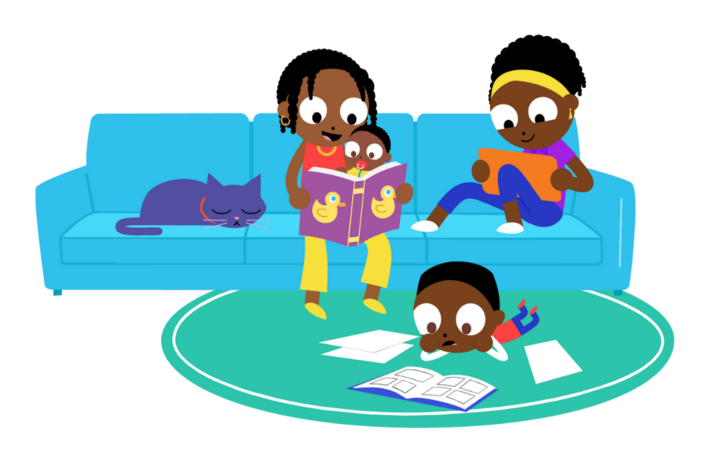
Section Branding
Header Content
Attention Higher Ed: MOOCs Have A Message For You
Primary Content

Dr. Jason B. Huett is the Associate Dean of Online Development and USG eCore and a tenured Associate Professor of Instructional Technology and Design at the University of West Georgia (UWG). He is also the 2012 President-elect of the Distance Learning Division of the Association for Educational Communications and Technology (AECT). He speaks and presents internationally on topics concerning online learning, school reform, and the future of education. He has also served as a virtual learning consultant for several schools, universities, and corporations. He can be reached at jhuett@gmail.com. See his blog below.
Lately, the world of higher education has lost its collective mind over MOOCs or Massive Open Online Courses. Everyone from billionaires and Pulitzer Prize winners to university faculty and community college students have expressed strong opinions regarding the disruptive nature of MOOCs on the educational system for ill or for better.
Beyond the hyperbole, there are some truths. Let’s start with this one: MOOCs are just an educational tool (and arguably not a terribly effective one in some contexts), and tools come and go. MOOCs, as they are currently advocated for use in higher ed, are probably of little real long-term importance. So, what is the real reason for all of the craziness? That explanation requires one look beneath the hype-driven surface of the MOOC phenomenon.
My training is in instructional technology and design. In those fields, we are taught not to confuse the medium with the message. In this case, the MOOCs are just the medium, or the current tool, being advocated for delivering large online courses that are not altogether dissimilar from the age-old approach of cramming hundreds of students into impersonal lecture halls (a use that does not remain true to a MOOC’s original intent or purpose). However, MOOCs still have a grander message to impart.
From all quarters and from all education-seeking stakeholders, the message to higher ed is crystal clear: education must become more accessible for everyone, more flexible in its approach, and much more affordable.
Another truth: Unless you are an institution with prominent athletic programs and impressive campus life or large endowments or deep alumni pockets or high levels of prestige or in a geographic location of high growth (etc.) where you are practically guaranteed an ever-expanding traditional student population who will come to you for the more expensive, formative, and old-fashioned “college experience,” your insular and monolithic approach of “this is the way we have always done things” is rapidly coming to an end. If you want to save what you hold sacrosanct about the traditional college experience at your institution, you quickly need to get creative in your approach to addressing the MOOC message.
Does this mean you need to jump on the MOOC-bandwagon if you are a less-well-positioned institution of higher learning? The answer is not necessarily. MOOCs are just one potential pathway to addressing the message of making education more accessible, more flexible, and more affordable. They are not the ONLY pathway, as much of the hype would have one to believe. There are as many possible combinations of approaches as there are unique institutions. Simply adopting a MOOC-like approach and then declaring “problem solved” shows a decided lack of strategic and creative thinking.
There are many possibilities for addressing the MOOC message. These possibilities include incorporating competency-based approaches and prior learning assessments into traditional programs, enhancing AP, CLEP (College Level Examination Program), and dual credit integration into the K-12-to-University pipeline, expanding approaches to higher-quality yet lower-volume online and hybrid course offerings, streamlining institutional policies and procedures to address the needs of new and underserved audiences (particularly non-traditional/adult learners), expanding student services into the virtual realm, and the list goes on.
A final truth: If the MOOC medium for educational delivery is not right for your institution, fine. No one says that it has to be, but you must do something to strategically address the underlying message. If you decide to ignore the message that MOOCS are trying to teach us and make only a token effort at helping your organization become more accessible, more flexible, and more affordable, then you will wake up in the not-too-distant future to a bankrupt institution and ask, “What happened?”
Dr. Jason B.





